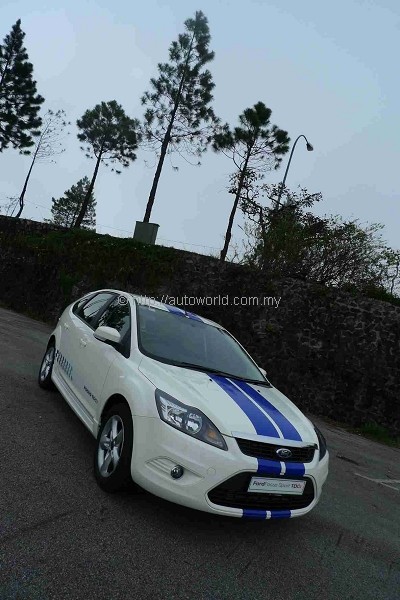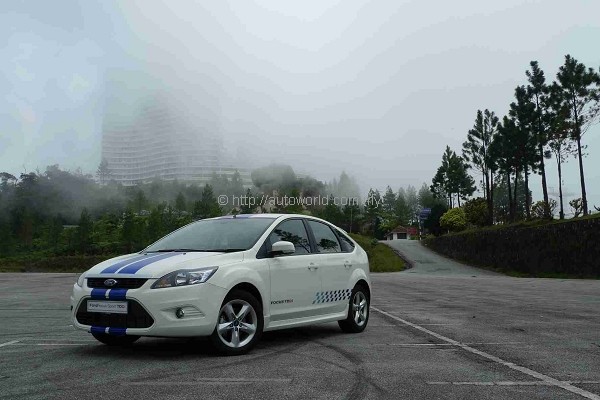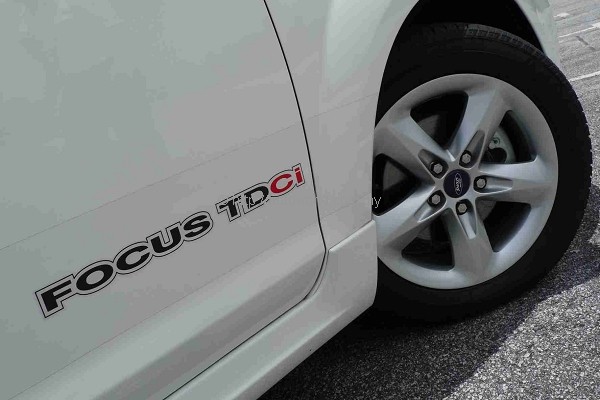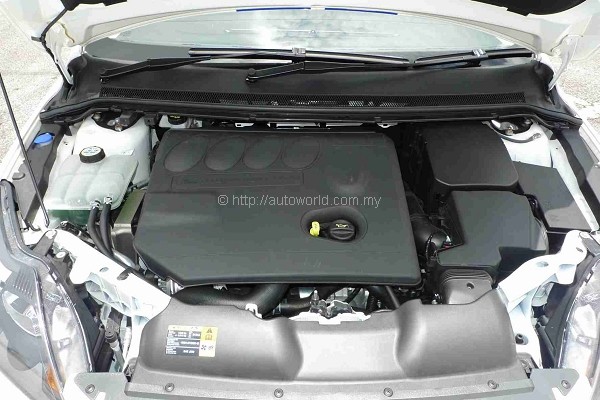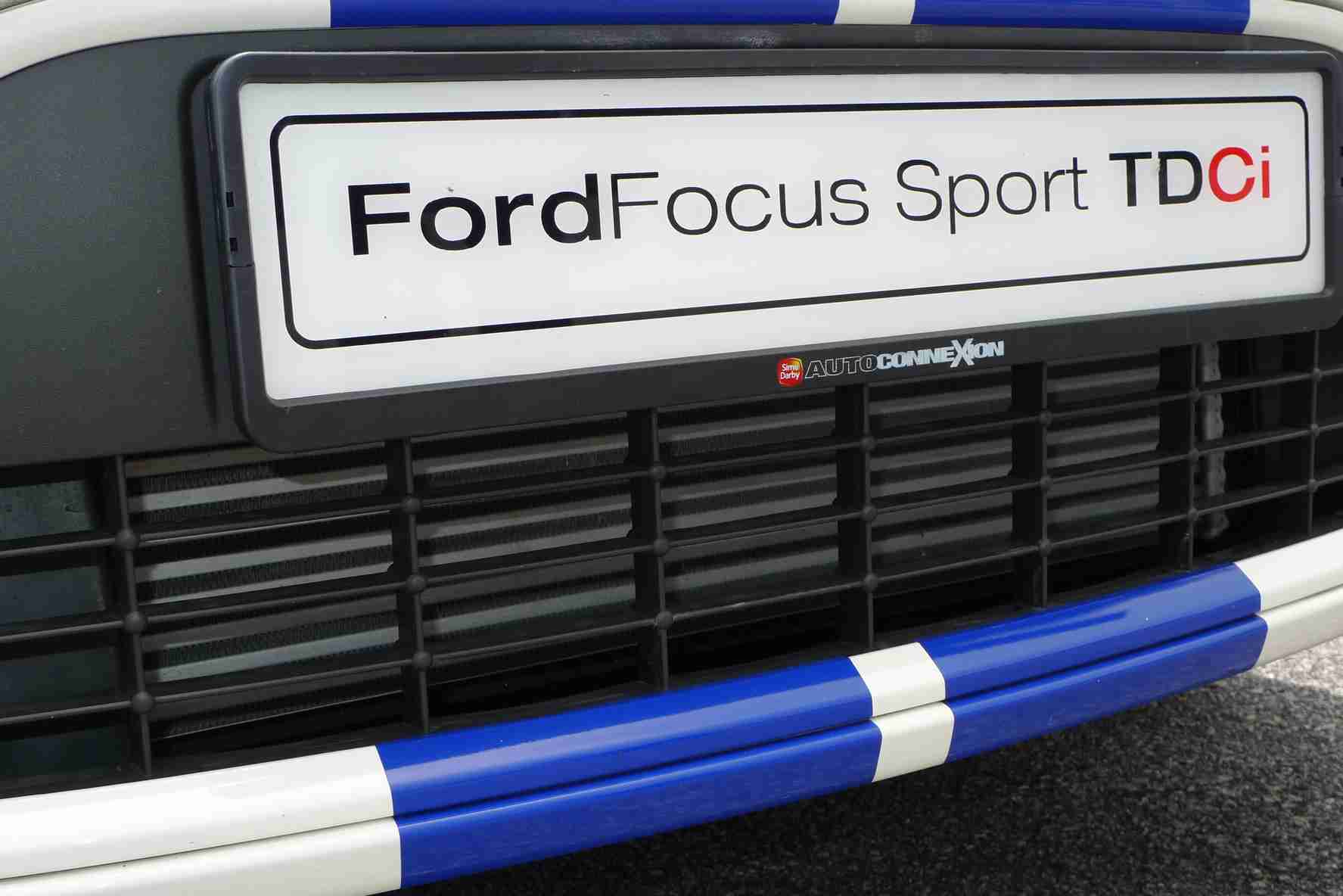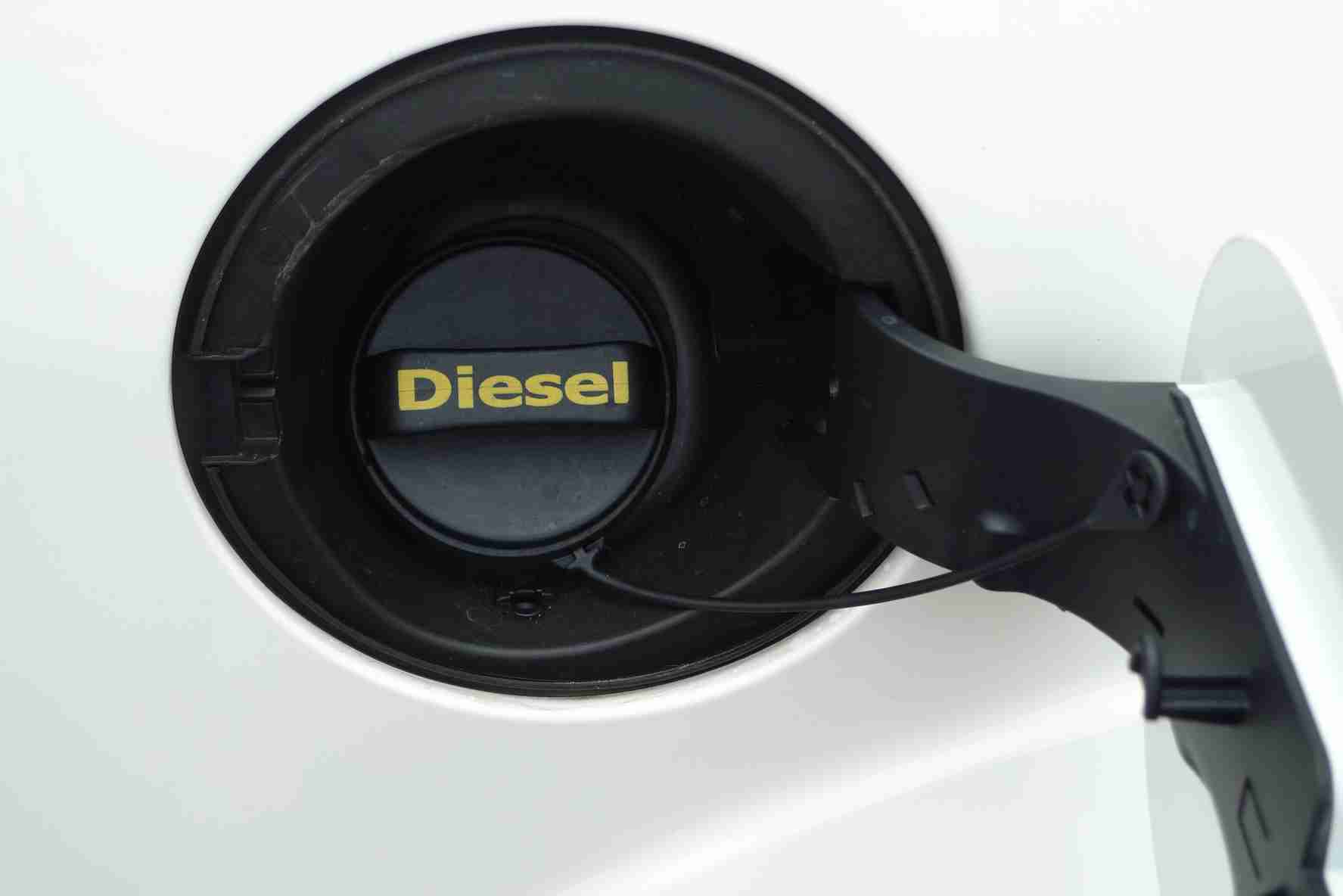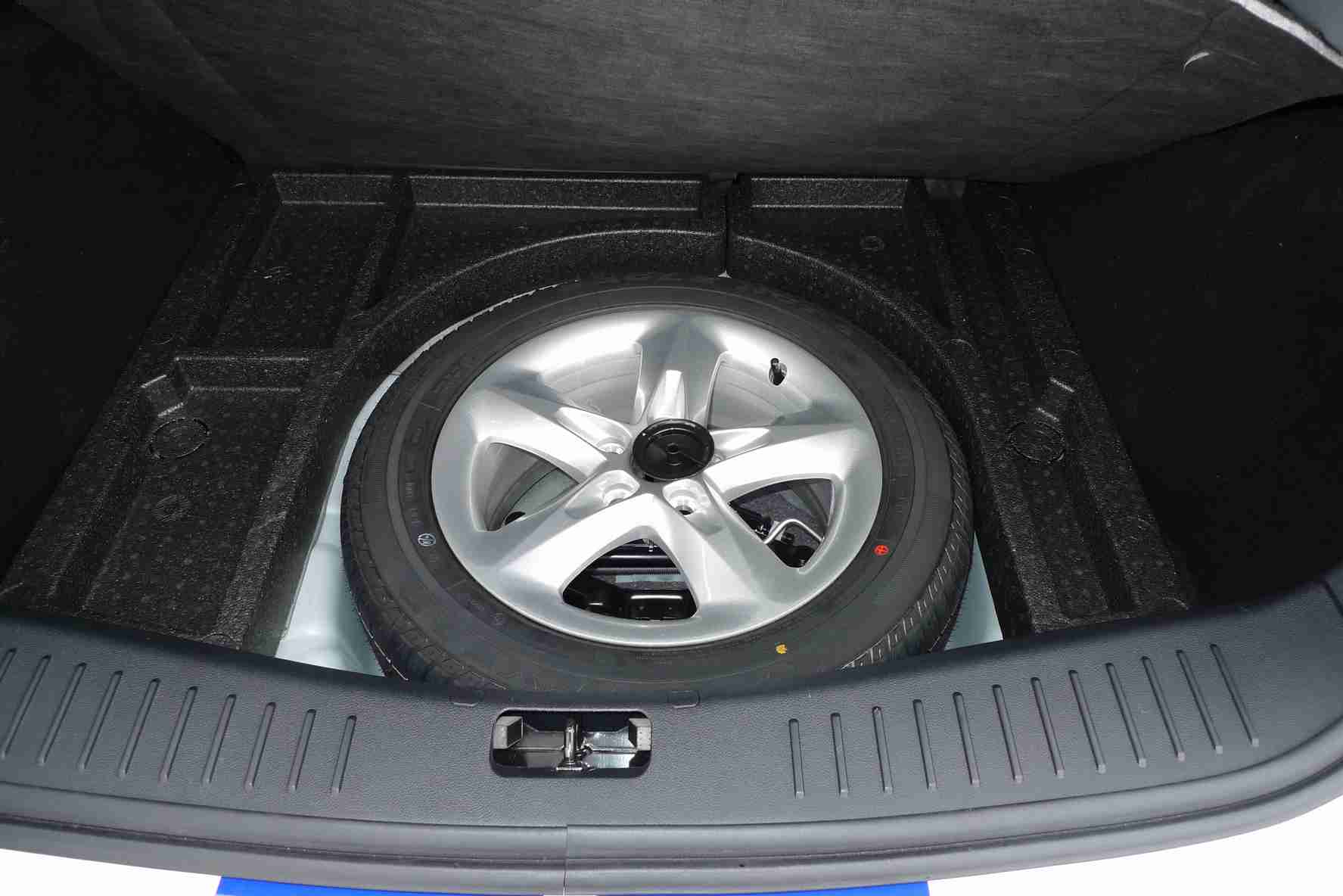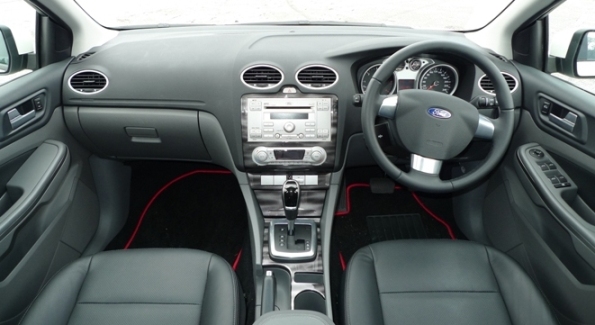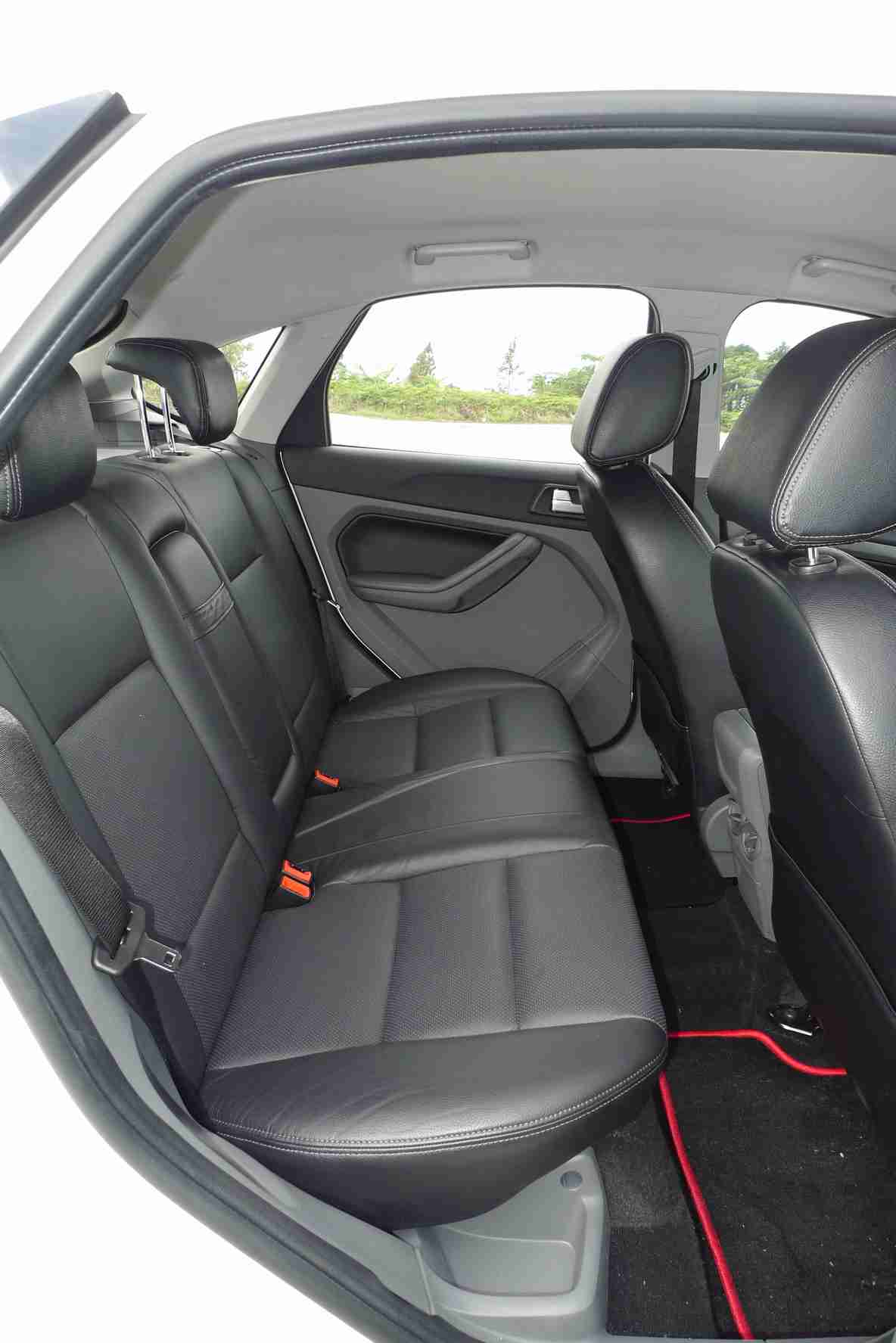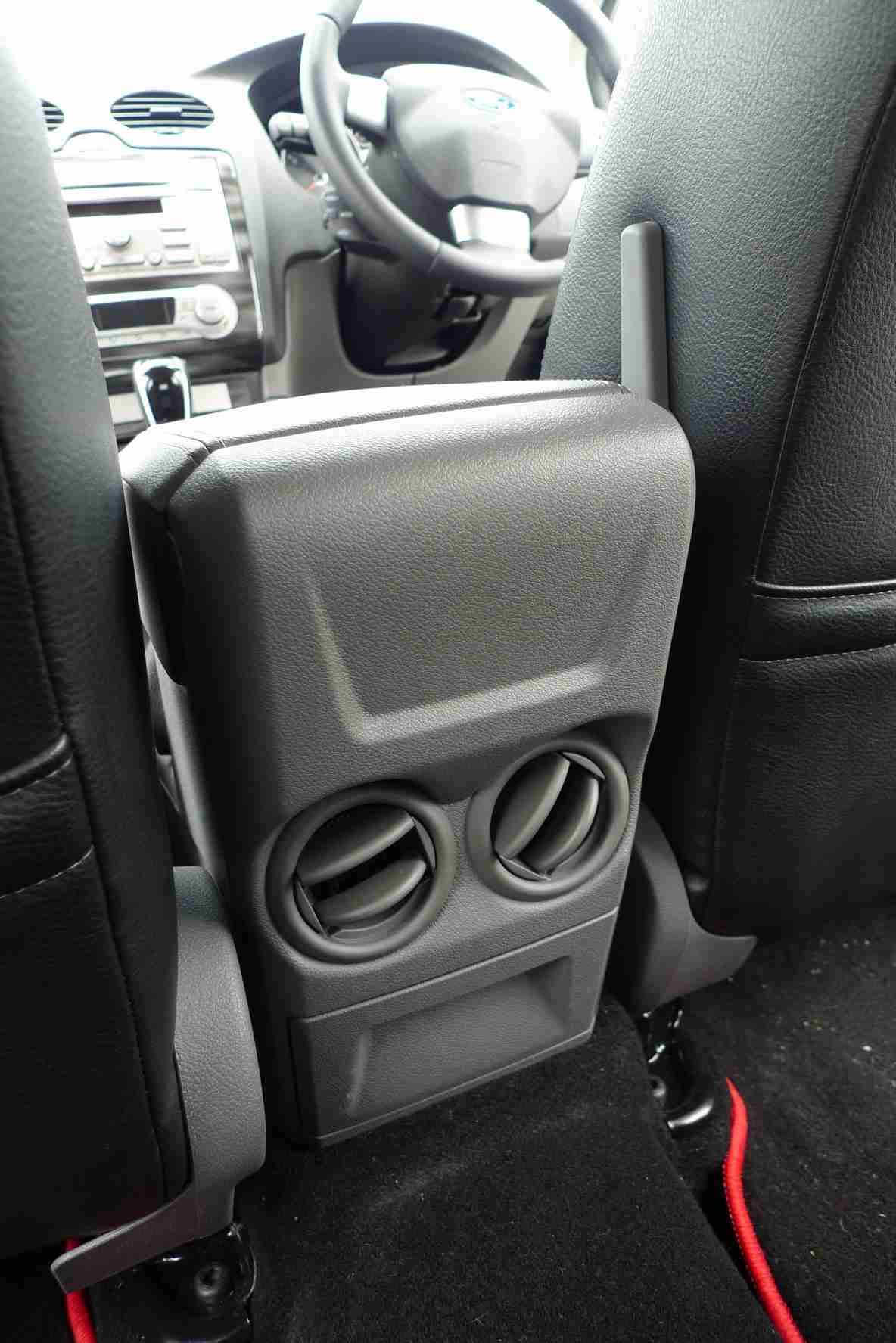Focus TDCi – First Driving Impressions
The latest addition to the range of diesel cars available to the Malaysian public is the ford Focus TDCi. Equipped with a 2.0 litre Ford Duratorq 4-cylinder Turbo Diesel with common rail direct injection, the Ford Focus TDCi produces 134 horsepower at 4.000 rpm, and a massive 320Nm of torque available from 2,000 rpm onwards. The Focus TDCi also comes with a 6-speed dual clutch ‘Powershift’, similar to that used in the Volvo S40 and V50.
Compared to the BMW 320d which produces 177 horsepower at the same rpm, and 350 Nm of torque, the Focus is 43 horsepower short, and 30 Nm lower in power, but at the retail price of RM128, 888 on-the-road with insurance, it sure is a lot more affordable than the BMW 320d which retails for RM255, 800, and is within the reach of most people who would otherwise have to buy a 2.0 litre gasoline powered B or C class car.
We managed to get our hands on one for a quick dash up to Genting Highlands and back to get a quick impression – and the conclusion is that it is worth taking a second look at.
Starting the car, you will notice that there is a little bit of engine clatter, as with most diesels – I have not come across one that doesn’t, but inside the car, with the firewall and all the insulation, you will hardly notice it, and once you get past this, it does not matter anyway.
What matters is that the moment you engage drive and put your foot down is the immediate response that propels you forward – not as fast or as urgently s the powerplant in the Mercedes C Class diesel, or the BMW 320d, but briskly enough to make you feel like you have made a worthwhile investment. In automatic mode, the gear changes will take place between 3,000 to 3,500 rpm, depending on how far you push the pedal down, and it will quickly go through the gears to bring you from zero to 100 km/h in 10.0 seconds (with air-conditioner on) and a top speed of around 200 km/h.
Speed in top gear is around 47 km/h per 1,000 rpm, and if driven normally, a claimed fuel consumption of 5.8 litres per 100 kilometres is possible. We did not have the time and neither the inclination to do a proper fuel consumption test and we were engrossed at this stage to see just what this little baby could do in terms of performance, driving the car the car very hard, especially up the hill from the Karak highway turn-off ramp towards the summit where we stopped to take a few pictures of the car. Going downhill, it was a more relaxed drive due to the heavy traffic, but we got a reading of 12 litres per 100 kilometres from the on-board computer. We suspect that a typical user who is gentle on the throttle could possibly get around 7 or 8 litres per 100 kilometres, but that is to be confirmed when we get the car later for a more dedicated test at normal driving speeds and simulating how a normal driver would handle our typical road conditions.
The Focus TDCi handles every bit like the standard gasoline-powered Focus, and having said that, we will put the issue to rest – in short, it is in no way any worse on account of the diesel engine – if anything, the car becomes better to drive with the additional torque.
In the manual mode, activated simply by pushing the gear lever to the right, pushing forward to shift down, and pulling it backwards to shift up, it accords a little more control, but due to the narrow power band, you have to pretty adroit and attentive, or else the electronic control unit for the gearbox will shift up for you. If you happen to slow down, say for a toll plaza, the gears will shift down automatically too, so it might be better to keep it in auto mode.
The Focus TDCi is equipped with traction control – which is activated by default, but can be switched off through the control stalk that operates the on-board computer. Around hard bends, especially on during the climb up the steepest part of the mountain from Awana to the summit, the acute steering angles will activate the traction control – understandably so, as this is a good safety feature, but I would prefer for it to be switched off to prevent ‘bogging’ down. However, if you drive sedately, this is not likely to happen, so under normal usage, one should keep it on.
All things said, the Focus TDCi should find itself a niche amongst the people who would like a car with good acceleration, but would still like to keep the cost per kilometre down to a decent level. It is no Beemer or Merc, but it serves its purpose, and most importantly, it is fun to drive.




